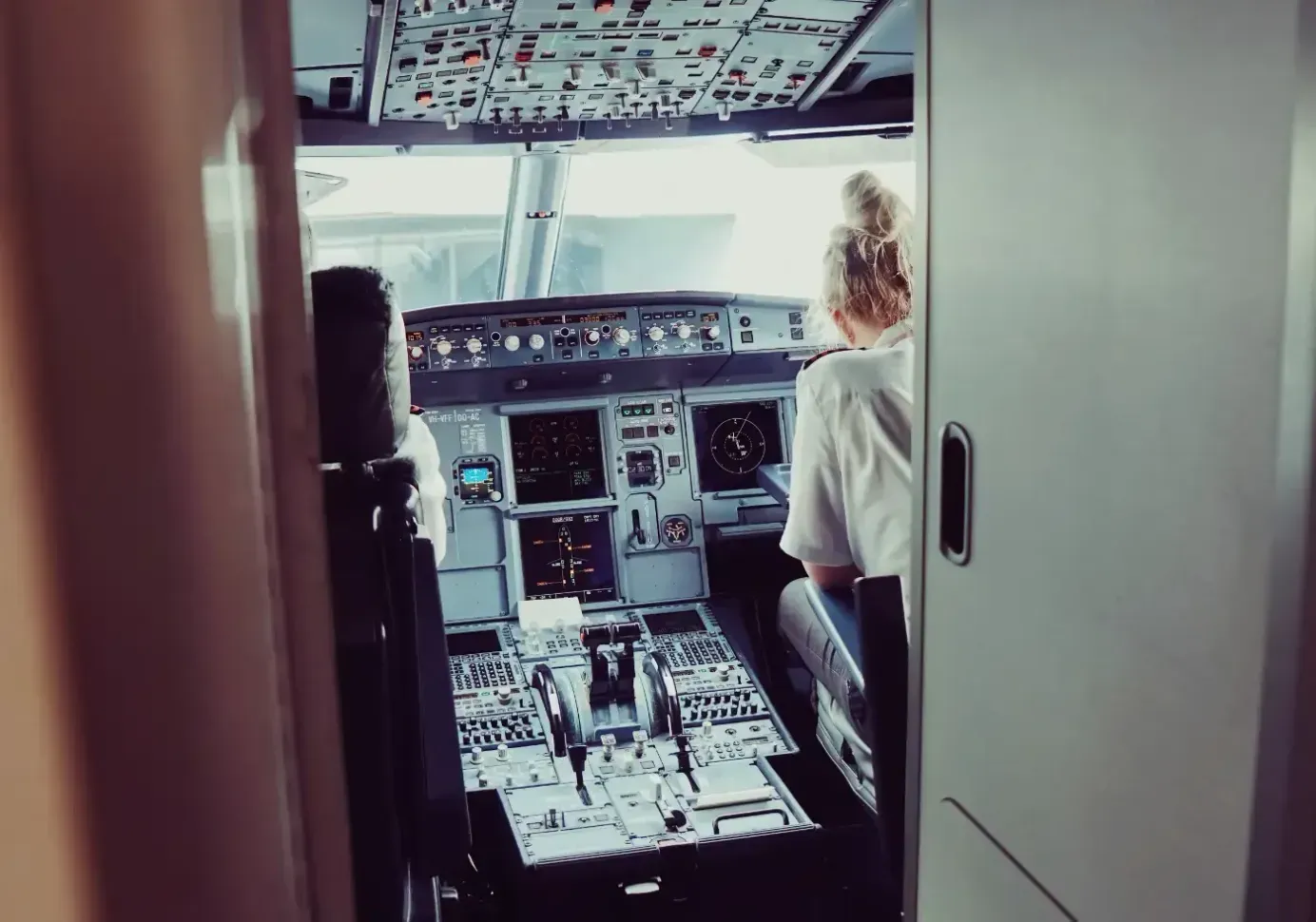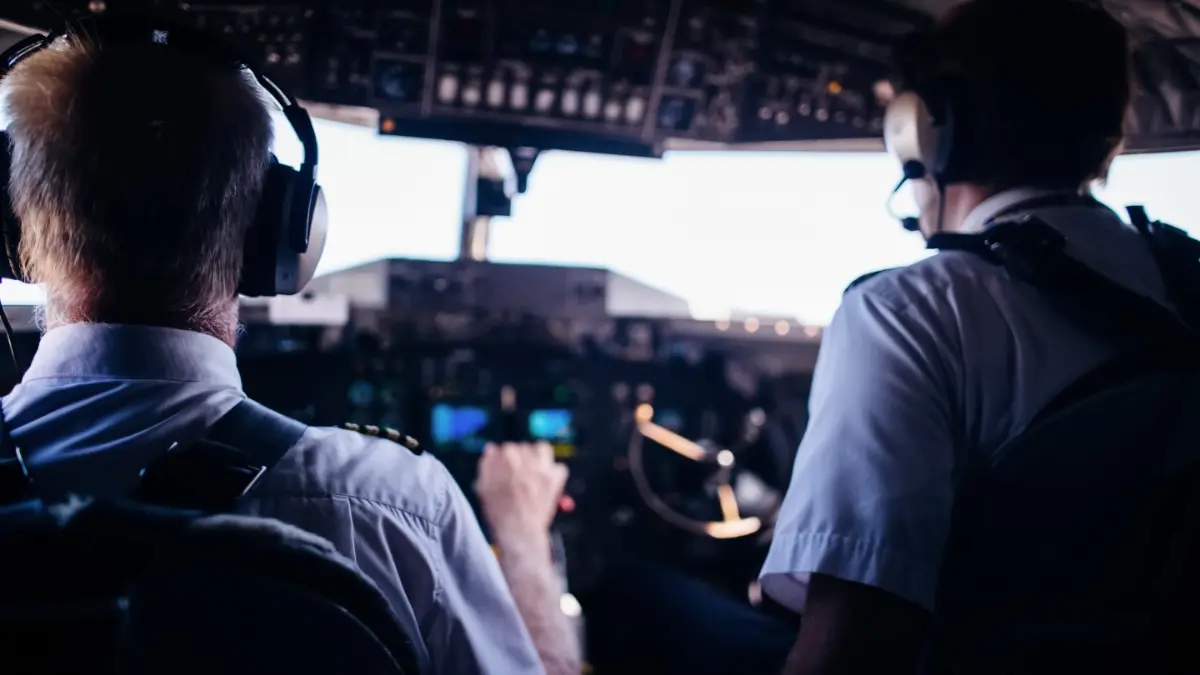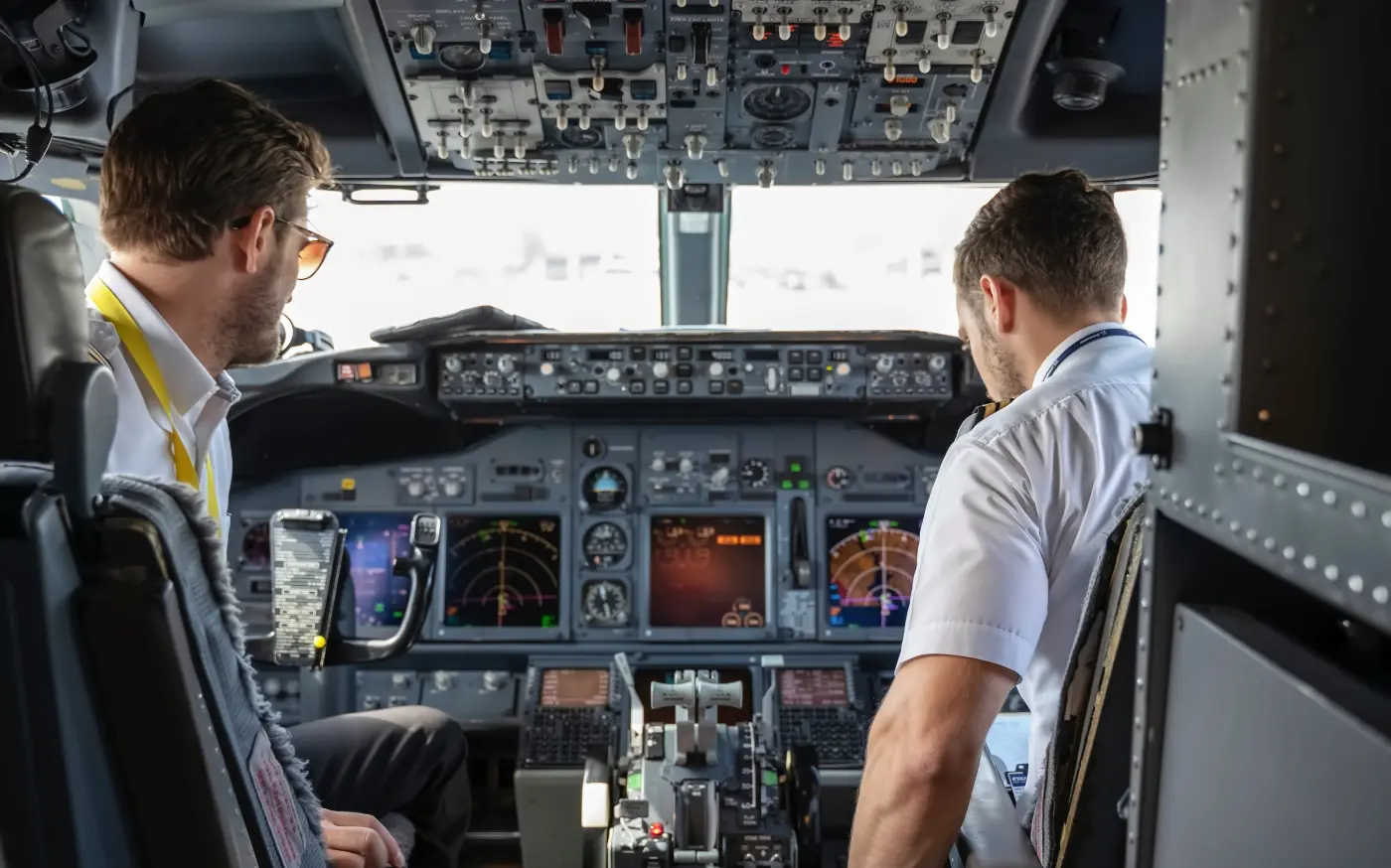
How Often Do Pilots Work?
How often do pilots work and do they get holidays off? Do pilots have a lot of free time? Here's what you need to know.
Table of Contents
Airline pilots spend an average of 75 hours per month in the air. However, they spend a further 150 hours a month planning flights and engaging in other preflight and postflight activities, such as looking at weather forecasts.
Continue reading to find out the answer to the question "how often do pilots work?" along with the maximum number of hours regulated by the FAA and the average number of days off that a pilot can enjoy as free time.
How Often Do Pilots Work?
How often a pilot flies depends on what type of work they engage in. On average:
- A commercial pilot works 75 hours in flight and 80 hours on the ground per month.
- A flight instructor works 80-100 hours in flight and 100 hours on the ground per month.
- An airline transport pilot works 75-100 hours in flight and 150 hours on the ground per month.
Why Do Pilots Only Fly For 75 Hours Per Month?
The FAA and other authorities regulate the number of consecutive hours a pilot can fly to ensure the safety of everyone on the flight.
Federal regulators determine how many hours a pilot can spend in the air plus the minimum amount of rest periods between flights. This is the single most significant factor in how often a pilot works during the month with flight time, preflight and postflight duties.
The FAA limits the number of consecutive hours a pilot can spend in flight and the hours worked within a calendar week, month, and year. Current FAA guidelines are as follows:
Commercial flying for domestic operations may not exceed:
- 1000 hours in a calendar year
- 100 hours in a calendar month
- 30 hours in a calendar week (or seven days consecutively)
In addition, the regulators require a minimum rest period of eight hours between flights.

However, the "regional rule" extends these limits to the following:
- 1200 hours in a calendar year
- 120 hours in a calendar month
- 34 hours in a calendar week (or seven days consecutively)
Other factors determining how often a pilot works include the seniority of the individual within their airline company and the flight lengths.
Each pilot is assigned a seniority number which generally corresponds to their date of hire at the applicable airline. The higher the seniority number a pilot possesses, the more control they have over their schedule, locations, flight destinations, and aircraft type.
Short-haul flights last 30 minutes to three hours, mid-haul flights last three to six hours, and long-haul flights last six to 12 hours. Anything above 12 hours is considered an "ultra-long-haul" flight.
The flights a pilot works on generally determine the rest periods in between. For example, a short-haul pilot would need less rest time between flights than a long-haul pilot, who may have several consecutive days off between flights.
How Many Hours Do Pilots Work Per Month?
The number of hours a pilot flies and works per month are two separate things.
In terms of flying, an airline pilot can spend up to eight hours in flight over 24 hours, or ten hours in flight if a second pilot is present. Following the flight, pilots must spend a minimum of 16 hours resting (though these regulations vary depending on the operation specifics of the company).
An average pilot spends around 75 hours in the air per month. (Though they can extend this to 100 hours within 30 days.)
The number of hours a pilot spends in flight also depends on the type of pilot certificate they possess. For example, an airline pilot will generally log more hours per month than a pilot who works in other flight departments.
Do Pilots Get Holidays Off?
Pilots get holidays as paid vacation time, but they are unlikely to have seasonal holidays such as Christmas or Thanksgiving as days off, as many people opt to travel during this time. How much holiday time they get and when they can take this holiday depends on the airline they work for as well as the length of time in service.
A pilot may get more days off work than the average American. But the job means they can be away from home for several days at a time, sometimes during important holidays.

Do Pilots Have A Lot Of Free Time?
Pilots have a flexible schedule which can include multiple consecutive days off work. Generally, the higher a pilot's rank, the more favorable the schedule they can opt for.
You may think that working for an average of 20 hours per week sounds like a breeze, but pilots have a lot of other duties to engage in when they're not flying. These include maintenance checks, compiling flight plans, refueling, calculations, studying the weather reports, preflight inspections, and postflight reviews.
A commercial pilot is responsible for checking that the aircraft is safe and secure and that its characteristics, such as fuel levels, weight, and balance, are accurate. These pilots are also responsible for navigating a flight route and communicating with air traffic control.
Though FAA regulations limit a pilot's airtime, the amount of time they spend working would likely be equal to or more than the national average of 34.4 hours a week.
With a combined average of 75 flight- and 80 ground hours, the average commercial pilot will work around 38.75 hours per week. The difference is that they may have more extended periods of free time than the average worker and often experience large runs of consecutive days off work.
The average pilot can enjoy between 12 to 20 days off work each month, allowing greater flexibility in their free time. Plus, the higher the pilot's seniority, the more control they will gain over their schedule, location, flight destination, and salary.
Junior pilots enjoy an average of 12 free days per month, an average pilot up to 15 days, and a senior pilot can reap the benefits of 20 days off work per month.
This seniority will also allow pilots to determine their days off, making their work/life balance more desirable.
Final Thoughts
Commercial pilots work a similar number of hours to the average American. However, this time is not all spent in the air. Thanks to FAA regulations, a pilot will spend more time doing groundwork than they will in flight.
As pilots build hours and seniority, they gain more and more control over their destinations, hours, and many other perks that make this profession desirable.
Maybe you are interested in learning more about what happens before and after an aborted takeoff or what the runways' numbers mean.
Planenerd Newsletter
Join the newsletter to receive the latest updates in your inbox.






